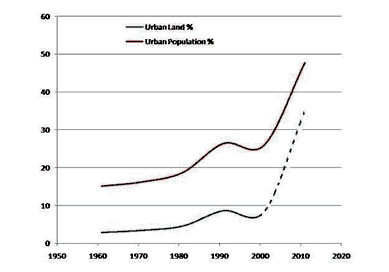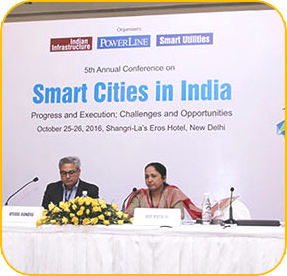CHRONIC DISEASE
The State of Kerala is affected by the chronic disease -URBAN SPRAWL Unplanned urban activities are sprawling to agriculture, forest and aquatic systems. There are natural reasons for the above phenomenon which got aggravated by human mismanagement with short term goals.
The basic resources to support normal living are spread across the state. Good rains in two seasons, forty-four river systems originating from high land to middle land and coastal areas and merging to the Arabian Sea, availability of underground water, fertile land, water-based movement of men and cargo, hot and humid climate and relatively safe geographical location (from enemies) are some of the probable natural reasons for our ancestors to stay in scattered forms.
People started the abodes with an agrarian economic base. Trading started and to enable export of natural products, ports were evolved. To enable convenient trading townships were formed. People got attracted to the urban style of living where conveniences were at a reachable distance. Road networks were formed to enable transport of commodities from high ranges. Road-based public transport started and ribbon development occurred beside roads.
Various stakeholders had the notion that development means the creation of road access and urban facilities to their farmhouses and urban sprawl started picking up. Now the situation has worsened to an alarming state which resulted in a lesser and lesser quality of life of both urban and rural systems leading to EXODUS.
With good education and due to lack of job opportunities coping up with their qualifications people started migrating to other urbanised states in India which facilitated skill development. With the acquired skills they started going abroad and remittances are pouring into the state. With automobile boom and remittances from abroad, urban activities started sprawling to interior resource-rich regions which can be accessed only by personalised vehicles.
As per the present trend, urban areas are increasing out of proportion to the urban population causing more revenue expenditure with fewer revenue receipts on one side and disturbed ecosystems with under-performing regions on the other side with reduced productivity.
Read more
Kerala State Urban Sprawl the Chronic Disease

















